This article was adapted from a short Twitter thread on the same subject.
Farmers in California are beginning to grow #coffee outside of the tropics and this has many interesting implications:https://t.co/HrRk9fsENi
— Michael Wright (@OilSlickCoffee) July 18, 2022
Frinj Coffee is working with farmers to grow and produce coffee in California. This is significant because the coffee plant is typically only economically productive in the tropics, where weather patterns and elevation provide the plant the right environment to become reproductively active and thus produce lots of fruit.
According to the article from Fresh Cup magazine;
The California coffee industry is still very much in its infancy, but it is growing quickly. California’s first coffee harvest was only five years ago, and many of the 100,000 trees planted in the region haven’t reached maturity, but since that first harvest, the number of farms growing coffee has increased by over 80%, from around a dozen in 2017 to over 70 farms today.
Smallholder’s reality
Because coffee is typically only economically productive in the tropics, that means it’s also mostly produced in developing countries and typically by smallholder farmers rather than by estate, or industrial-scale producers. Coffee production at the smallholder scale often has small margins and is done at a technologically simple level. This typically means reduced fertilizer use, which means reduced production, which means reduced revenue. Coffee produced at a reduced technological level often (but not always) means reduced consistency and quality, two characteristics that can affect value.
See also: Coffee Prices: The Big Fix
Increased coffee production in developed countries, where producers have the funds and expertise to push the envelope and innovate production means a reduced demand for coffee produced remotely, in developing countries, by smallholder producers. This will force the smallhoders to react by improving operations and maybe even quality, by shifting to a local coffee market, by reducing or eliminating their coffee production altogether, or some combination.
Shifting to local markets
I am a huge proponent of local coffee consumption. To me, local coffee consumption means coffee produced by a country is also consumed in that same country. The benefits of local coffee markets are real and proven. In addition to the economic benefits to a producing country, local markets also significantly reduce the carbon footprint of coffee, as it doesn’t have to travel in a container half-way across the globe to be consumed. It is an inconvenient truth that the coffee industry as a whole is very dependent on fossil fuels and unsustainable practices. Consuming coffee in the same country in which it is produced can help reduce coffee’s impact on the environment.
See also: Local Consumption Wins in Brazil and Colombia
Driving innovation
The experiment that Frinj Coffee is leading could help drive innovation in coffee production. The coffee plant that is capable of producing coffee at an economical level outside of the tropics was developed by Jay Rusky of Good Land Organics and Frinj Coffee, the formal business born of the project to develop coffee production in California. This coffee plant was bred specifically to produce in the environment “on the fringe of traditional producing regions.” (Good Land Organics)
Should this plant prove successful in fringe environments, that means it could be productive in similar environments in developing countries as well. This would allow a country to expand its coffee-producing regions. The Frinj project is about more than just the plants. It’s system of production. This means Frinj could provide the technologically advanced plant as well as production training and even business training to new producers in developing countries. This could be a huge benefit to producers in developing countries.
You may also be interested in this podcast episode
Morettino is growing coffee in Sicily, far outside the region that normally produces coffee for the world. What does this mean for the industry?

I’m very excited for the potential of this project and what it could mean for the coffee industry as a whole. Stay tuned to follow along!
